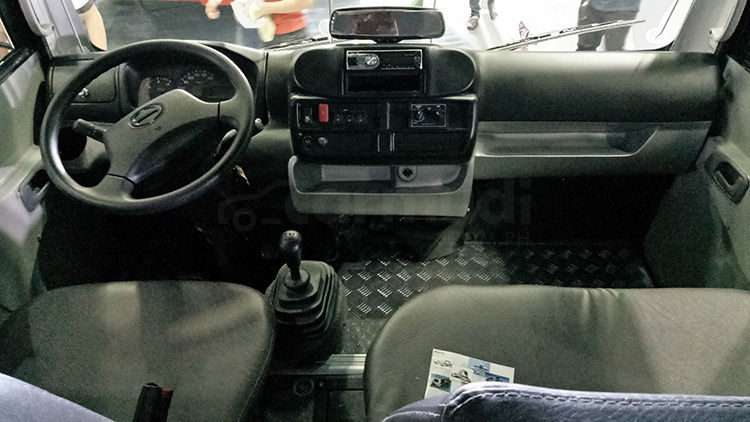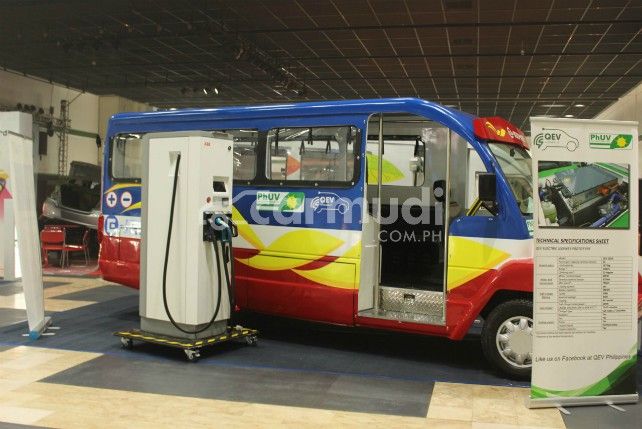Check Out the Standard Dimensions and Features of the Modern Jeepney

- Meet the modern E-Jeepney
- Notable features of the E-jeepney
- How the modern jeepneys are classified
- Class 1 PUV
- Class 2 PUV
- Class 3 PUV
- Class 4 PUV
- How this affects the jeepney drivers and operators
- No More "Bayad Pos"
- House Bill 4434 and Senate Bill 1284
- Change of Franchising Rules
- Fixed Driver's Salary
- How this affects the commuter
It's clear as day: the government is hell bent on implementing the modern jeepney in the Philippines. They've already started taking out jeepneys that are 15 (or more) years older starting this month, which will continually be implemented in phases. Department of Transportation Undersecretary Thomas Orbos said that old jeepneys will be taken out gradually, under a "three-year transition phase" that ends in 2021.
Is it good or bad? Despite the protests, we think that the jeepney drivers and the public will benefit a lot here. Change is great, and in this case, change has long been overdue--and badly needed.
Meet the modern E-Jeepney
The standard dimensions for the modern e-jeeps or eco-PUVs were conceptualized by the Bureau of Philippine Standards (BPS), and supported by the Automotive Body Manufacturers Association of the Philippines (ABMAP), the Electric Vehicle Association of the Philippines (EVAP), Philippine Parts Makers Association of the Philippines (PPMA), and the Department of Trade and Industry’s Bureau of Philippine Standards.
Reports say that around 500 e-jeepneys are expected to ply the roads this month, and they boast of the following features:
- CCTV camera
- Electric engine
- Speed limiter
- Free Wi-Fi
- Dashboard camera
- Electric engine
- Automated fare collection system (card reader)
- Emergency exits
- Ramp and space to accommodate (PWD) Persons with Disabilities
- Air-conditioner (optional)
Notable features of the E-jeepney
The most noticeable dimension of the jeep is its increased floor-to-ceiling height. Like the bus or MRT, it not only allows passengers to stand in the middle, but also makes it easy for anyone to enter and exit the vehicle. 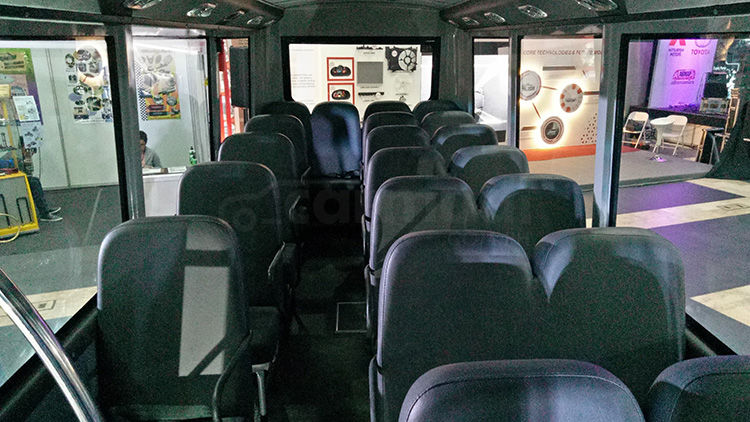
The new design does not allow people to hang on the rear portion of the jeepneys, which lessens the chances of accidents. What's more, the side entrance allows passengers to safely and conveniently go in and out of the jeep.
How the modern jeepneys are classified
The vehicles, which were conceptualized by the BPS Technical Working Group (TWG), can be classified according to four classes:
Class 1 PUV
- Class 1A - 9 to 12 passengers with perimeter seating
- Class 1B - 13 to 22 passengers with both perimeter and front-facing seats. They will be used for low density, stop and go routes in the city
- No standing passengers are allowed here
Class 2 PUV
- Total of 23 passengers or more (seated and standing)
- Only class where standing passengers are allowed.
- It is used for higher-density passenger volumes in a stop and go route in the city
- It will have perimeter seating
- Conforms to the body dimensional measurements: 7-m length x 2.35-m width x 1.75-m floor to ceiling height
Class 3 PUV
- Almost similar to Class 2 PUV (23 passengers or more)
- It is used for faster speed travel from one city to another, and might drive through highways and expressways
- It will have front facing seats
- No standing passengers are allowed
Class 4 PUV
- Similar to Class 3 PUV (23 passengers or more)
- These vehicles will be given cargo provisions
- It is used for faster and longer travel, such as traveling from one province to another
- It will definitely be used to drive through highways or expressways
How this affects the jeepney drivers and operators
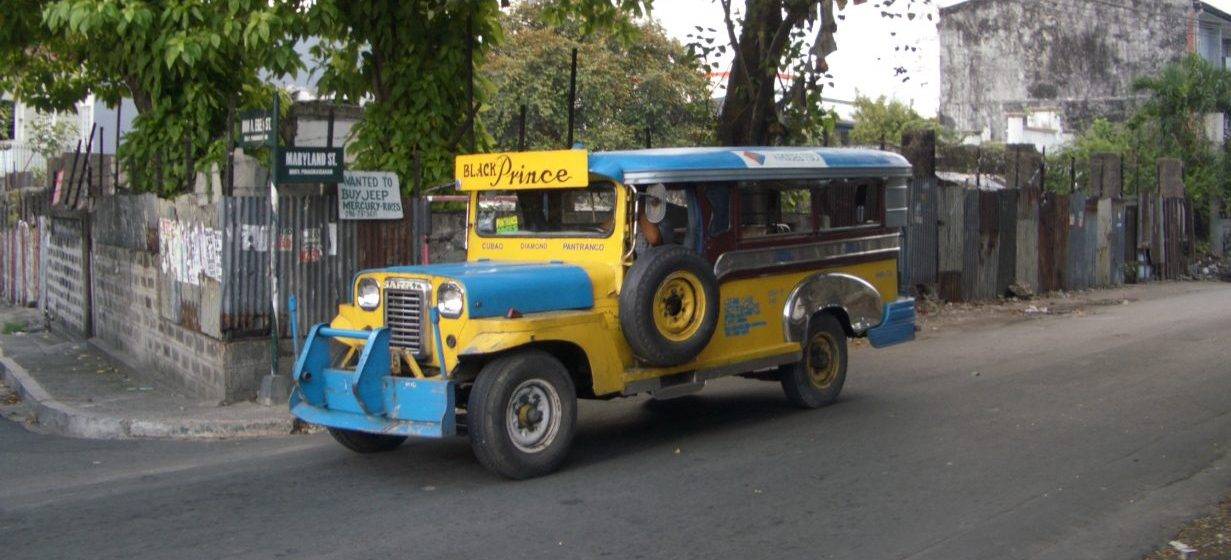 From Wikimedia Commons, for illustrative purposes only
From Wikimedia Commons, for illustrative purposes onlyThere are three three significant changes we see with the jeepney's modernization:
No More "Bayad Pos"
The Automated fare collection system (card reader) that will be installed in the jeepney will now make the traditional "Bayad Po" (or hand-passing payment via the passengers) a thing of the past. Just like in the MRT, the automated card allows passengers to make the payments just by swiping or tapping the card on a card reader system. This makes paying very easy and fast, and it frees the driver to focus more on the road.
House Bill 4434 and Senate Bill 1284
In case you don't know, these bills support "route rationalization." Unlike the traditional jeeps where operators are given the freedom to plan their routes, these bills allow the government to now take charge of strategizing the new routes for all the jeepneys that will ply the streets.
Change of Franchising Rules
Single unit operators will not be allowed to apply for a new franchise; instead, operators are required to have a minimum of 20 jeepneys before they can apply for a new franchise. This will increase to 40 units by 2019.
Fixed Driver's Salary
Another significant change is the jeepney driver's salary. The old "boundary salary" that requires drivers to reach a certain quota for a day will now be replaced with a standardized salary for the entire month.
How this affects the commuter
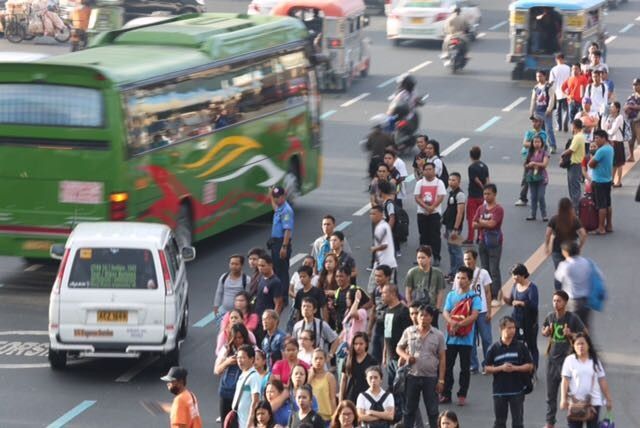 ©newsinfo.inquirer.net
©newsinfo.inquirer.netOf course, everyone knows what these e-jeepneys can do for the commuter: more comfort and convenience on the road, better safety, lesser air pollution (and smog), and (hopefully) lesser traffic.
And while we predict that the standard fare would be a bit higher compared to the ones we presently have, we think it's worth it, since the benefits far outweigh the disadvantages of using them on the road.
Featured Articles
- Latest
- Popular
Recommended Articles For You
Featured Cars
- Latest
- Upcoming
- Popular
Car Articles From Zigwheels
- News
- Article Feature
- Advisory Stories
- Road Test
